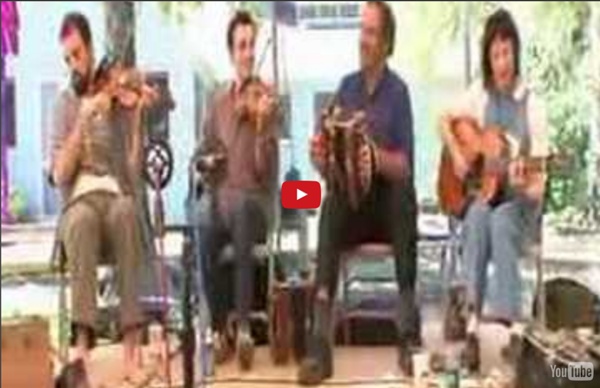Cajun Music: The Savoy Family Band

Cajun
Tex Mex
Rap Music
Salsa Music
Rap music sound bible link instructions
Salsa link instructions
Description of Reggae Music
Havel
Edward Havel Rhetoric of Reggae Research Paper Professor Alfred Snider (Tuna) Drums and Bass Guitar: The Foundation of Reggae Music Reggae is a style of music that needs a strong backbone and a strong driving force. The drums are one of the most important instruments in reggae music. The reggae drum set is essentially a compacted form of all African drum and percussion elements. ( This is Bob Marley and the Wailers playing a show. “Percussionist, Uziah "Sticky" Thompson keeps Ziggy's rhythm light and danceable” ( This is an example of what a percussion player’s set up may look like. Reggae drums have fairly flexible guidelines. Another style of drumming is called Rockers invented by drum and bass duo, Sly and Robbie. If you listen to variety of reggae songs, you will realize that the drums sound more or less the same. New bass guitar methods emerged with rock steady.
Native American Music Desription
Related:
Related:



